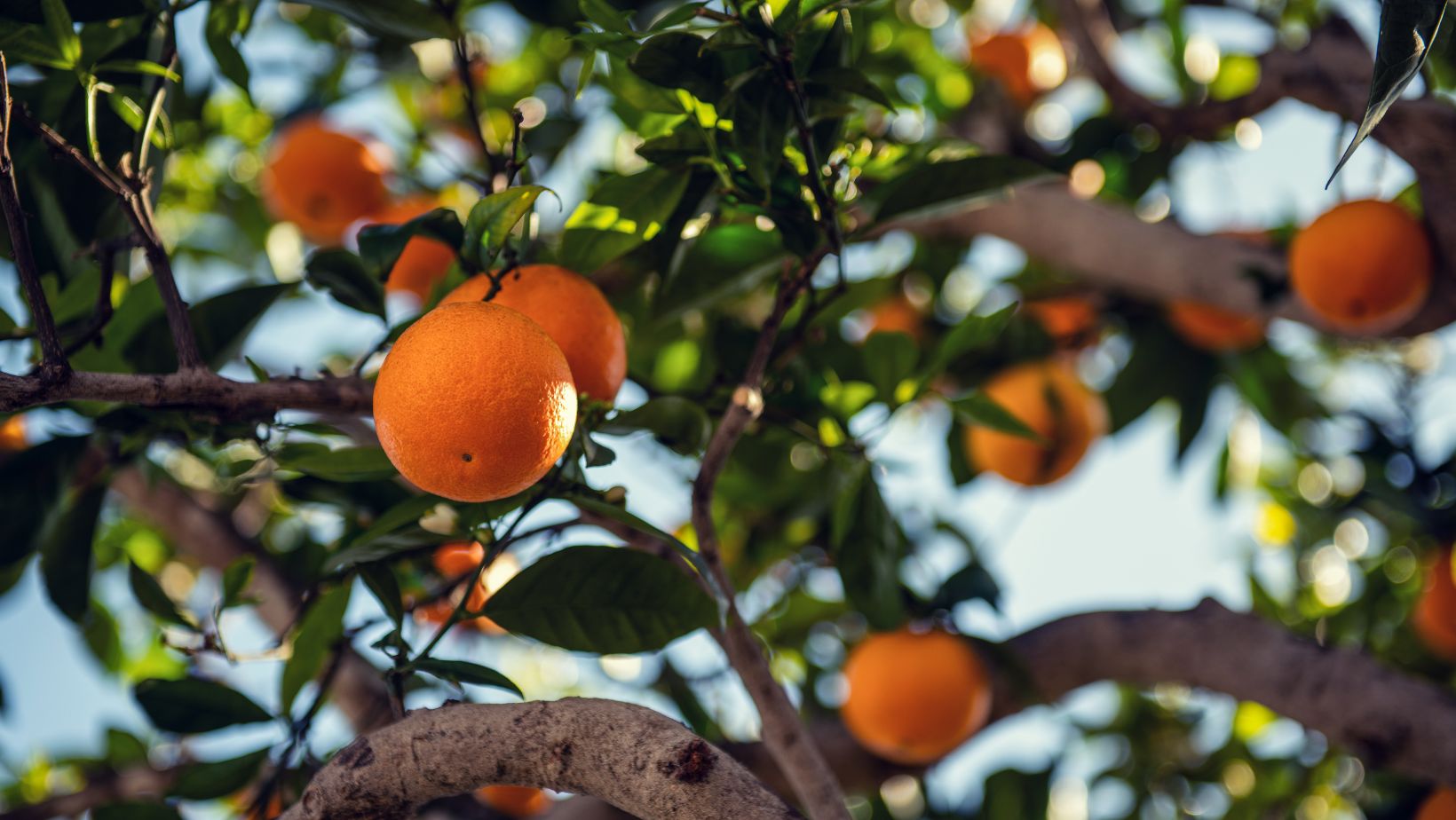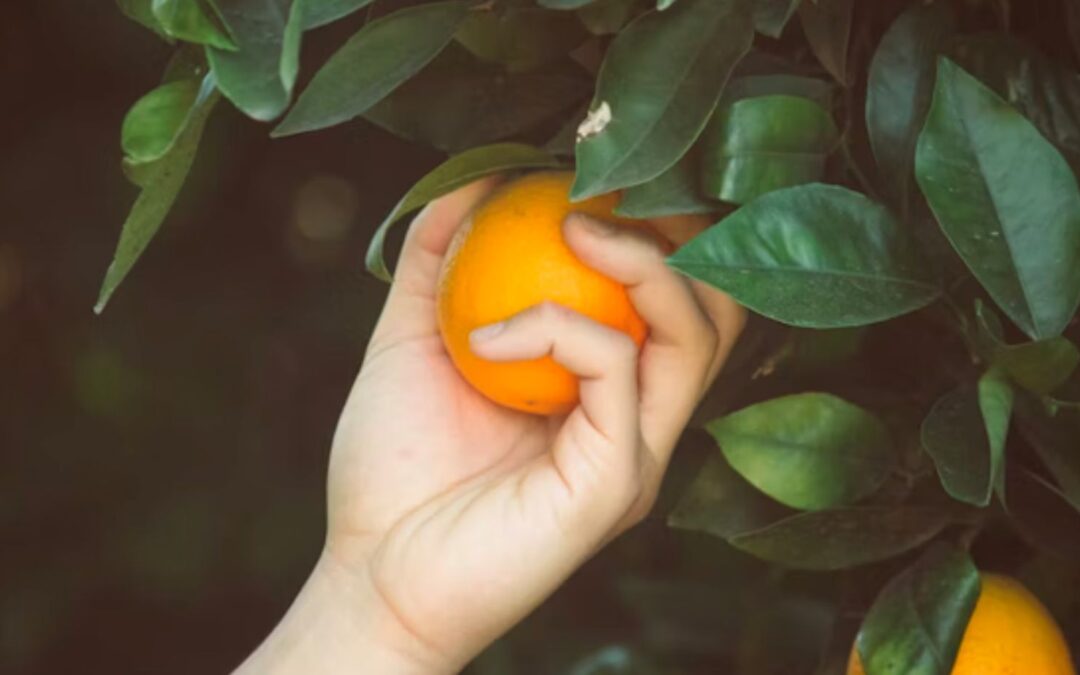Trees, especially those bearing the sweet gift of fruits, are like living legacies, passing through various fascinating stages during their lifetime. Understanding a fruit tree’s lifecycle offers gardeners and farmers knowledge and a deeper appreciation for these natural wonders.
Fruit Trees’ Lifecycle
Each stage in the life of a fruit tree is a unique chapter, contributing to the tree’s overall health and productivity. Here, we explore these phases, highlighting their importance and the changes that occur during each.
Planting
The journey of a fruit tree begins with planting. This step sets the foundation for the tree’s future growth. The choice of location, soil type, and tree variety are pivotal in ensuring a healthy start.
Adequate spacing and depth are essential to accommodate root growth and ensure the proper sunlight. For example, fig trees must have at least 15 to 20 feet of space between them.
Juvenile Phase
After planting, the tree enters its juvenile phase. During this time, the focus is on growth rather than fruit production. This period is characterized by the development of roots, branches, and leaves, preparing the tree for its fruitful future.
The juvenile phase can last several years, depending on the species.
Maturity
As the tree matures, it transitions from growth to reproduction. This stage is marked by the tree’s first bloom, indicating its readiness to bear fruit. The duration of the maturation phase varies, but it is a crucial period where the tree’s health directly impacts its fruit-bearing potential. During this stage, regular pruning and continued care help promote healthy fruit production in the coming years.
Fruit Production
The exciting phase of fruit production follows. The mature tree starts to produce flowers that, if pollinated, will turn into fruits. This stage requires careful monitoring for pests and diseases, which can significantly impact yield.

Proper fertilization and water management can support the energy-intensive process of fruit production.
Pollination
Pollination is a critical process for fruit sets. Bees and other pollinators transfer pollen from flower to flower, facilitating the development of fruits. Creating a garden that attracts pollinators or ensuring cross-pollination can greatly enhance fruit production.
Fruit Growth and Ripening
After pollination, fruits begin to grow and ripen. This phase varies in duration and conditions based on the type of fruit tree. Environmental factors like sunlight, temperature, and water are crucial in determining the quality and size of the fruit. Regular monitoring and adjustments in care can ensure the best possible fruit growth and ripening.
Harvesting
The moment of reward arrives with harvesting. Timing is essential to ensure fruits are picked at their peak of ripeness for the best flavor. Harvesting methods may vary depending on the fruit type, with some requiring gentle hand-picking to avoid damage.
Dormancy
Many fruit trees enter a period of dormancy, usually in winter. This rest phase is vital for the tree’s health, allowing it to conserve energy for the next growing season. During dormancy, the tree’s metabolic activities slow down, requiring less water and no fertilization. This phase is also ideal for pruning and preparing the tree for the upcoming growing season.
Aging and Decline
Eventually, fruit trees reach their aging and decline phase. Productivity decreases, and the tree may show signs of wear. However, with proper care, many trees can continue to produce fruit for years. During this stage, monitoring for diseases and structural issues becomes increasingly important. Thoughtful pruning and maintenance can extend the tree’s life and maintain fruit quality even as it ages.
Key Takeaways
As we’ve seen, the lifecycle of a fruit tree is a complex and beautiful journey. These stages, each with unique challenges and rewards, remind us of the intricate processes occurring in nature daily.

By understanding and appreciating these phases, we can better care for our fruit trees, ensuring they thrive and provide bountiful harvests for years.
● The lifecycle of a fruit tree spans from planting to decline, with each stage playing a crucial role.
● Understanding these phases helps in proper tree care and maximizing fruit production.
● Key stages include planting, maturation, fruit production, pollination, ripening, harvesting, dormancy, and eventual aging.
Jessica has a flair for writing engaging blogs and articles. She enjoys reading and learning new things which enables her to write different topics and fields with ease. She also strives to break down complex concepts and make them easy for anybody to comprehend.





